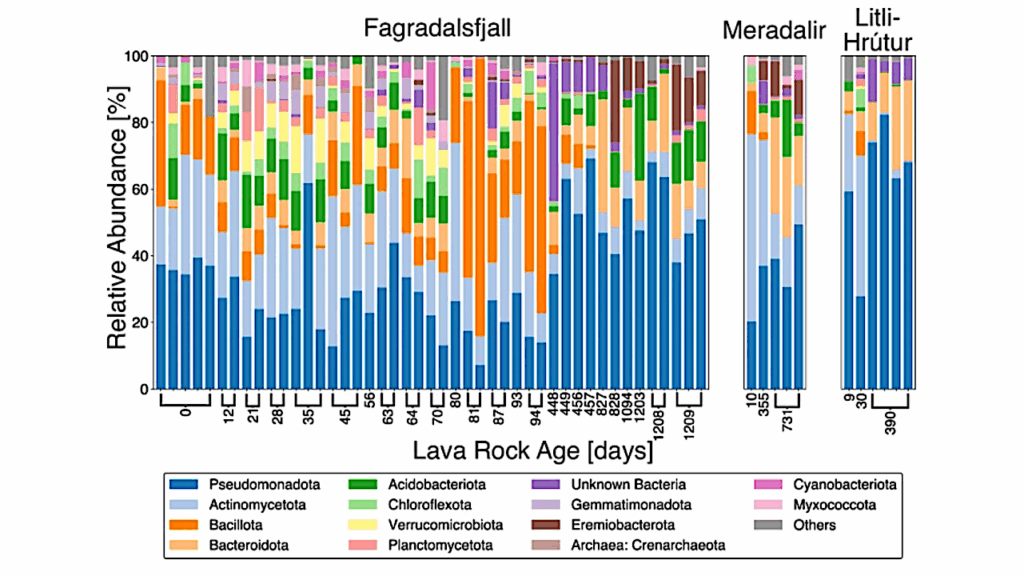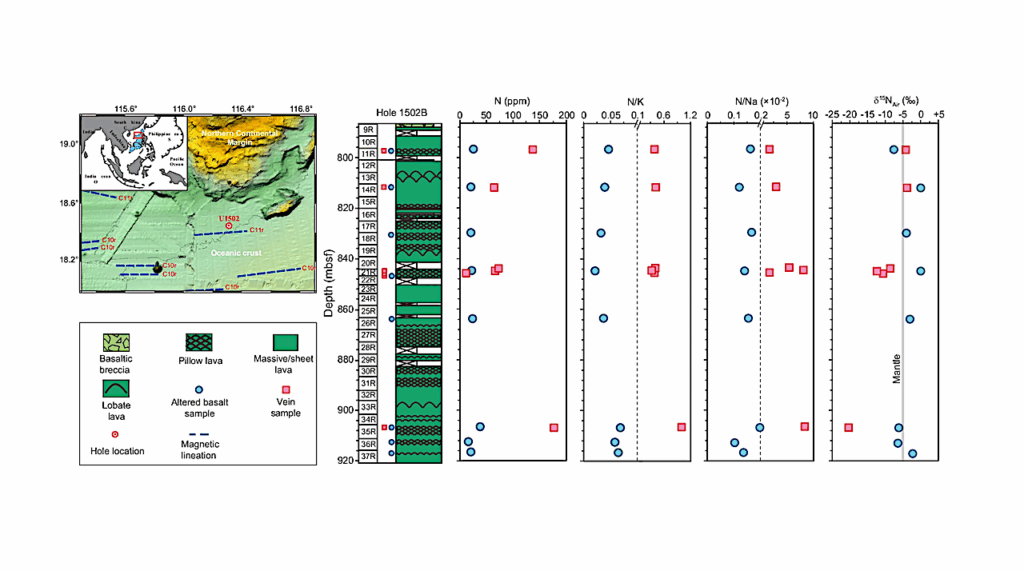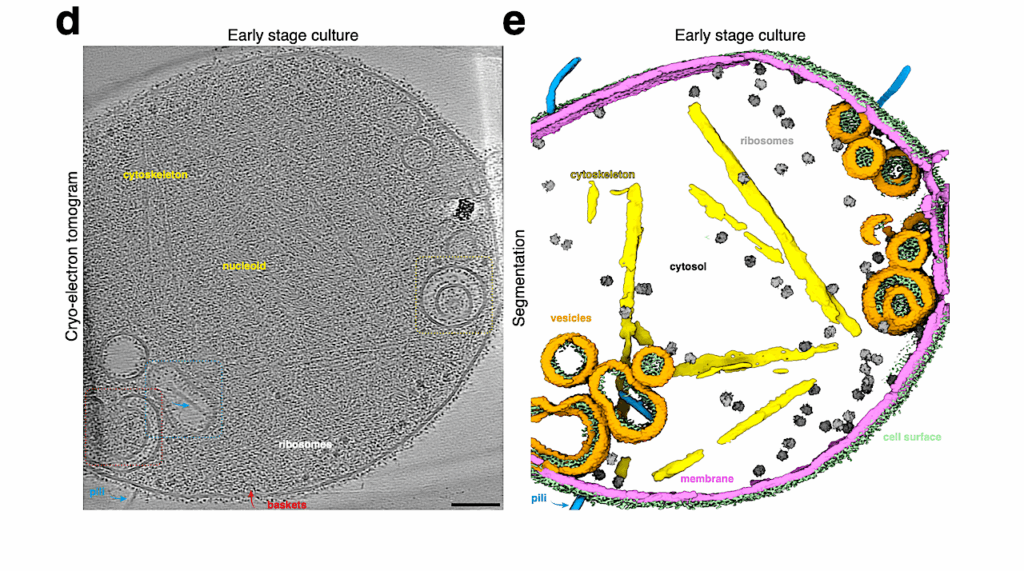Fossil Microorganisms In Messinian Gypsum: Implications For The Search For Life On Mars
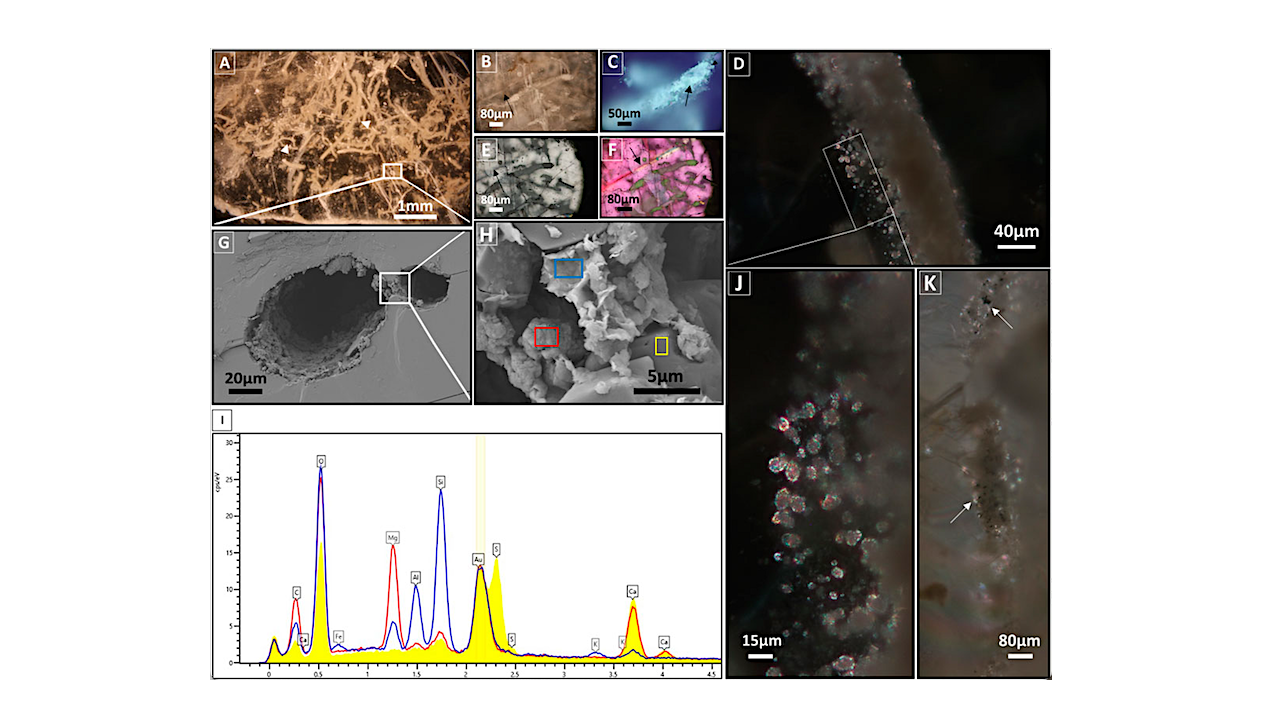
Researchers from the University of Bern, in collaboration with the University of Science and Technology Houari Boumediene in Algeria, have made significant progress in astrobiology. In a recently published study, they were able to detect fossil microorganisms in Messinian gypsum, which is found in Algeria, using the Bernese mass spectrometer LIMS. This shows that LIMS could also be used to search for traces of life in similar deposits on Mars in the future.
Gypsum deposits on Mars could conceal traces of ancient life – microbes that resemble the first life forms on Earth four billion years ago. Detecting such biosignatures, i.e. traces of life, requires high-precision instruments that also work in space.
Researchers at the University of Bern have now successfully tested a miniaturized, laser-powered mass spectrometer called LIMS (Laser Ionization Mass Spectrometer) on Earth. They were able to show that the instrument developed in Bern is able to identify traces of microbial fossils in terrestrial gypsum deposits that were formed under similar conditions to deposits on Mars. The space instrument could therefore be used in future Mars missions to search for past life on Mars. The study, led by Youcef Sellam from the Division of Space Research and Planetology at the Physics Institute of the University of Bern, has just been published in Frontiers in Astronomy and Space Science.
Traces of life in millions of years old gypsum
The Algerian gypsum deposits studied by Sellam’s team date back to the time of the so-called Messinian Salinity Crisis. During this geological period around six to five million years ago, the Mediterranean Sea partially to almost completely dried up. Evaporites up to 2 km thick were deposited in the deepest sea basins. These formed the basis for the so-called “Messinian gypsum”. “Our study shows that gypsum can preserve fossil microorganisms and is able to preserve microbial life over long geological time periods,” says Sellam.
Mars has unique environmental conditions that could have influenced the preservation of biosignatures over geological time periods. Nevertheless, Sellam explains: “Deposits similar to those in Algeria that exist on Mars in the former Martian seas are, in our view, promising targets for astrobiological research and for the detection of life on Mars.”
Not only did the gypsum samples used for the study come from Algeria, a country with remarkable geological formations that can provide valuable insights into planetary environments. The Algerian University of Science and Technology Houari Boumediene also contributed important geological expertise. Sellam says: “This is the first astrobiological study involving Algeria. As an Algerian researcher, I am particularly pleased that we can strengthen Algeria’s presence in planetology and the scientific community with this study.”
Bernese instrument fit for Mars
The research team succeeded in detecting biosignatures in the terrestrial gypsum deposits using LIMS, the miniaturized laser mass spectrometer developed and built at the University of Bern. LIMS will fly to the moon in 2027 and will be used there for the chemical analysis of lunar rocks (for more information, see also here). As part of the current study, it was further developed so that the gypsum deposits could be examined.
Peter Wurz, Professor of Astrophysics at the University of Bern and project leader for LIMS, explains: “The study shows that LIMS can effectively detect biosignatures in sulphate minerals such as gypsum. So the technology is really ready to be integrated into future Mars rovers or Mars landers for on-site analysis.”
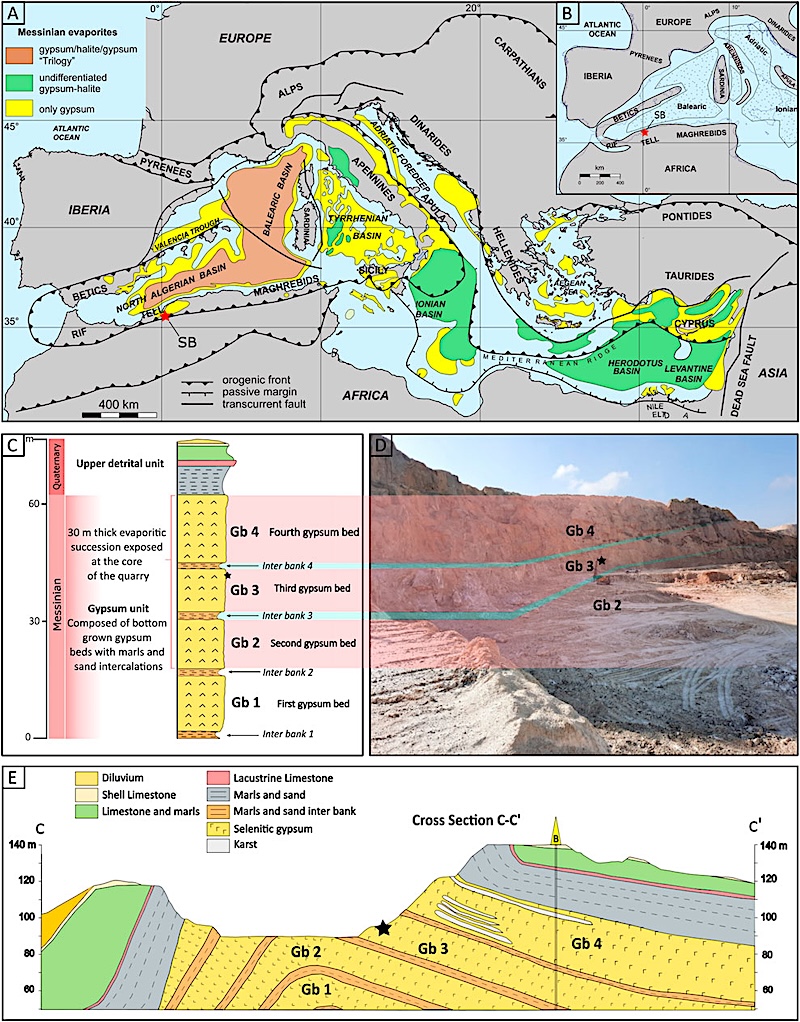
Figure 1. Geographical and Geological context. (A) Map of the Mediterranean Sea showing the evaporites distribution (modified after Manzi et al., 2012). (B) Paleogeographic map of the Western Mediterranean during the Messinian salinity crisis, highlighting the principal evaporite depocenters with dotted areas (modified after Manzi et al., 2012). Emerged regions are shaded in gray, while a dotted line denotes the modern coastline. The asterisk designates the study area; Sidi Boutbal quarry, Lower Chelif basin, Algeria. (C) Schematic stratigraphy of the SB quarry. (D) The boundary between the gypsum bed 4, 3 and 2. (D) Geological cross section of the Messinian deposits of the Sidi Boutbal quarry. The red asterisks in (A, B) indicates the Sidi Boutbal quarry location and the black asterisks in (C, D, E) indicate the sampled gypsum bed unit 3. — Front. Astron. Space Sci.
Sellam Y, Gruchola S, Tulej M, Keresztes Schmidt P, Riedo A, Meddane S and Wurz P (2025). The search for ancient life on Mars using morphological and mass spectrometric analysis: an analog study in detecting microfossils in Messinian gypsum. In: Front. Astron. Space Sci. DOI: 10.3389/fspas.2025.1503042 (open access)
Astrobiology,



